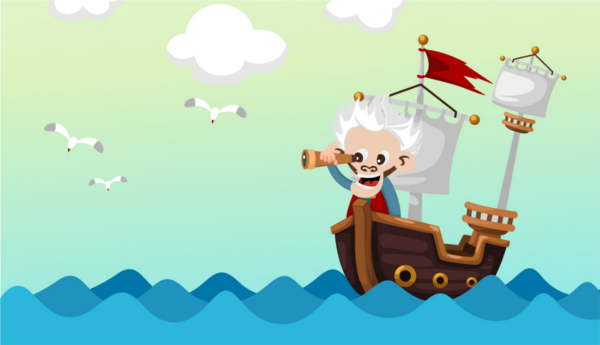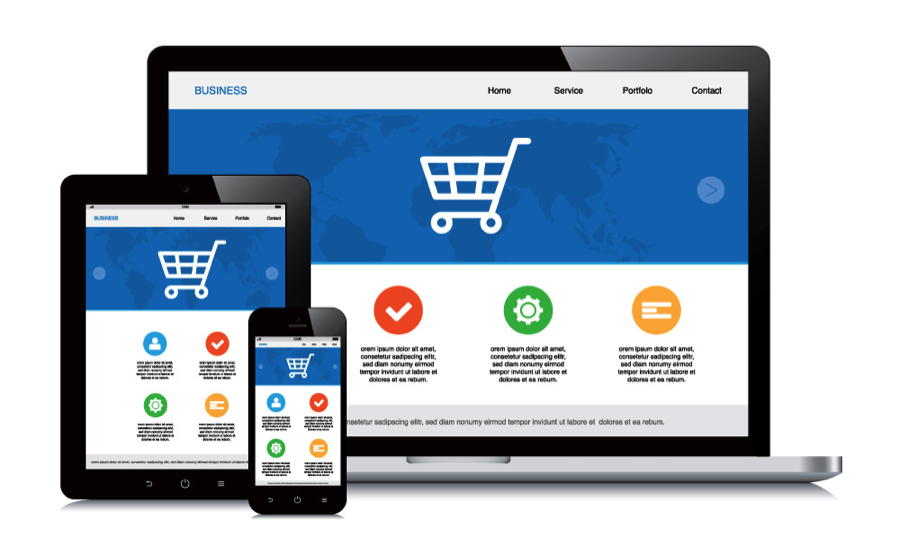At Genius Monkey we are often asked what “secret ingredient” we use in our recipe for consistently creating audience-grabbing content.
We let them know that the answer is simple: The ingredient most imperative for our recipe to success is “Discovery!” If you’re not familiar with the term “discovery” as it pertains to marketing, it’s all about collating and analyzing insights about various brands, their competitors and most important of all, the beliefs, behaviors and perceptions of their audiences. It enables Genius Monkey to formulate ample and accurate insights about our clients’businesses that leads to creative, well-written content that focuses on the interests of the targeted readers, alluring them, if you will, to look more closely at the businesses for whom we place creative ads.

To clarify this answer, we should explain that as audiences conduct Internet searches, they are typically looking for a particular service, product or information deemed useful to them. They type in particular keywords that describe what they are looking for. If a company is advertising through Google AdWords, they position themselves to be able to intercept that inquiry and provide specific answers that are being sought by the searcher.

Conversely, by advertising using the advanced technology of a programmatic platform, you are targeting a specific audience, delivering a healthy dose of product-related messaging that is accurately aimed at a specific demographic that is looking for great articles, new topics and various sources of entertainment. This offers marketers a prime opportunity for brands that are seeking to build long-term relationships with new and existing customers, regardless of whether your business is promoting top-of-the-funnel branded content that builds relationships, or performance campaigns that drive the shoppers towards conversions. It’s the programmatic content that can catch them in the right moment, especially if the content is creative and alluring.
Steps to Make the Most of this Opportunity:
Step 1: Examine Your Own Habits
If you really want to peer into the minds of your audience, take a close look at your own personal web-browsing habits. You may be in your living room, your office or even waiting in line at your coffee shop of preference. Here’s an example:
It’s 8:45 am and you’re waiting for your morning caffeine fix. The line is long, so you decide to check yesterday’s closing stock market numbers.
It’s 2:00 pm, and you’ve just returned to the office. You’re not quite ready to tackle your well-populated inbox, so you decide to take a quick glance at your preferred news site.
It’s 9:00 pm and you’ve had a long, arduous day. You are sprawled on the couch, laptop, phone or tablet in hand. Perhaps the TV is even going in the background, but you see it fit to open up your browser window and type in your favorite website. You see a link that appears to be of interest, so you click on it. You read it, and when you’re finished, yet another link appears, accompanied by content that’s alluring and creative enough to get you to click on it. You can see where this is going … you may be hours browsing sites that you had no previous intention of visiting. This is not an unusual occurrence.
Step 2: Understand Intent
Based on the self-behaviors described in step 1, we can learn two things:
- Your audiences are not always goal oriented, meaning that they don’t have a clear intent
- Your audiences are usually quite willing to engage once they see something that peaks their interest
The latter point makes it clear that audiences, if properly seduced, want to read what you have posted. They’re consuming, they’re discovering and they’re interested. They have entered what we refer to as the “Content Consumption Mode.”
The former (audience intent) is exactly where content discovery comes into play. If you intend to by a lamp, lets’say, online, what is the first thing you as a consumer do? Well, assuming that you’re looking for a good deal, you may open a search window and type in “Best Discount Lamps.” Next, let’s assume that you are an online lamp dealer. It’s a pretty safe bet to assume that audiences who reach you from this search query clearly have intentions of purchasing a lamp, and it becomes very obvious that they have reached a site that sells lamps.

But let’s say that you’re that same lamp retailer, and you’re promoting the content, “How to Find the Perfect Lamp for Your Home Office.” Audiences may click this link simply because they find it interesting, curious of what the perfect lamp looks like. In addition, they had been entertaining the idea of redecorating their office, or perhaps they are looking for the perfect Mother’s Day gift their home. Or, they may just happen to enjoy looking at lamps.
In any case, your audience wants to read an article about finding the perfect lamp, even though their original intention may not have been to purchase one. They went from being drawn in after typing in the original keyword phrase, to engaging with the content upon which they clicked.
Step 3: Remember Your Goal, and Take Audiences for the Ride
The Things You’ve Learned:
- You have audiences that want to learn
- You have audiences that are ready and willing to engage
- You have audiences who don’t have clear goals in mind
Given these facts, you now have the rarest of opportunities-YOU create a goal for them. Here is a prime example:
You are standing in line at the movie theater, not sure which movie to watch, but sure you want to see one. If the theater manager were to walk up to you and ask what movie you were going to see, and you tell him you have no idea, he may say something like, “You should see the new one starring Denzel Washington, it’s pretty great.” You now have a voice of authority … one that knows a great deal about movies, telling you which one to go see. Most likely, you’d go see that one! The good news is that you are relieved because you no longer have to stare at the movie board, trying to decide. Oh, and when you’ve finished watching it, you can now assume the role of “Movie Authority.”
In a nutshell, this is the power of the content discovery. Rather than waiting for content, you can now create it. You can use your newfound mind-reading powers to guide audiences through a predetermined path. If your content is good, your audiences will gladly enjoy the ride.

In Review:
Still wondering where to start? Here are some simple, yet high-impact action items to consider and prioritize:
- Figure out how to capture your audiences’attention as they are browsing.
- Talk to your customers to learn what messaging they find most compelling.
- Similar to the former, figure out the messaging that you need in order to keep your audiences engaged.
- If you’d like your customers to complete a call to action, ease them into it gradually.
If you, as a marketer, keep these 3 points in mind when building a solid strategy for your content, you will end up on your way to connecting with an audience that may not have found you otherwise.




